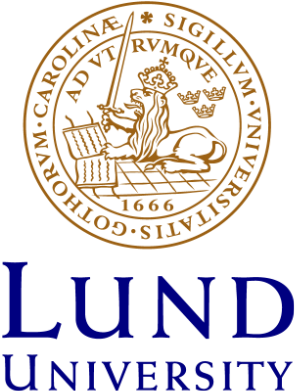No title
LionSealWhite Linear Systems, 2019 - Lecture 1 Introduction Multivariable Time-varying Systems Transition Matrices Controllability and Observability Realization Theory Stability Theory Linear Feedback Multivariable input/output descriptions Some Bonus Material 1 / 21 LionSealWhite Lecture 1 State equations Linearization Examples Transition matrices Rugh, chapters 1-4 Main news: Linearization aroun
